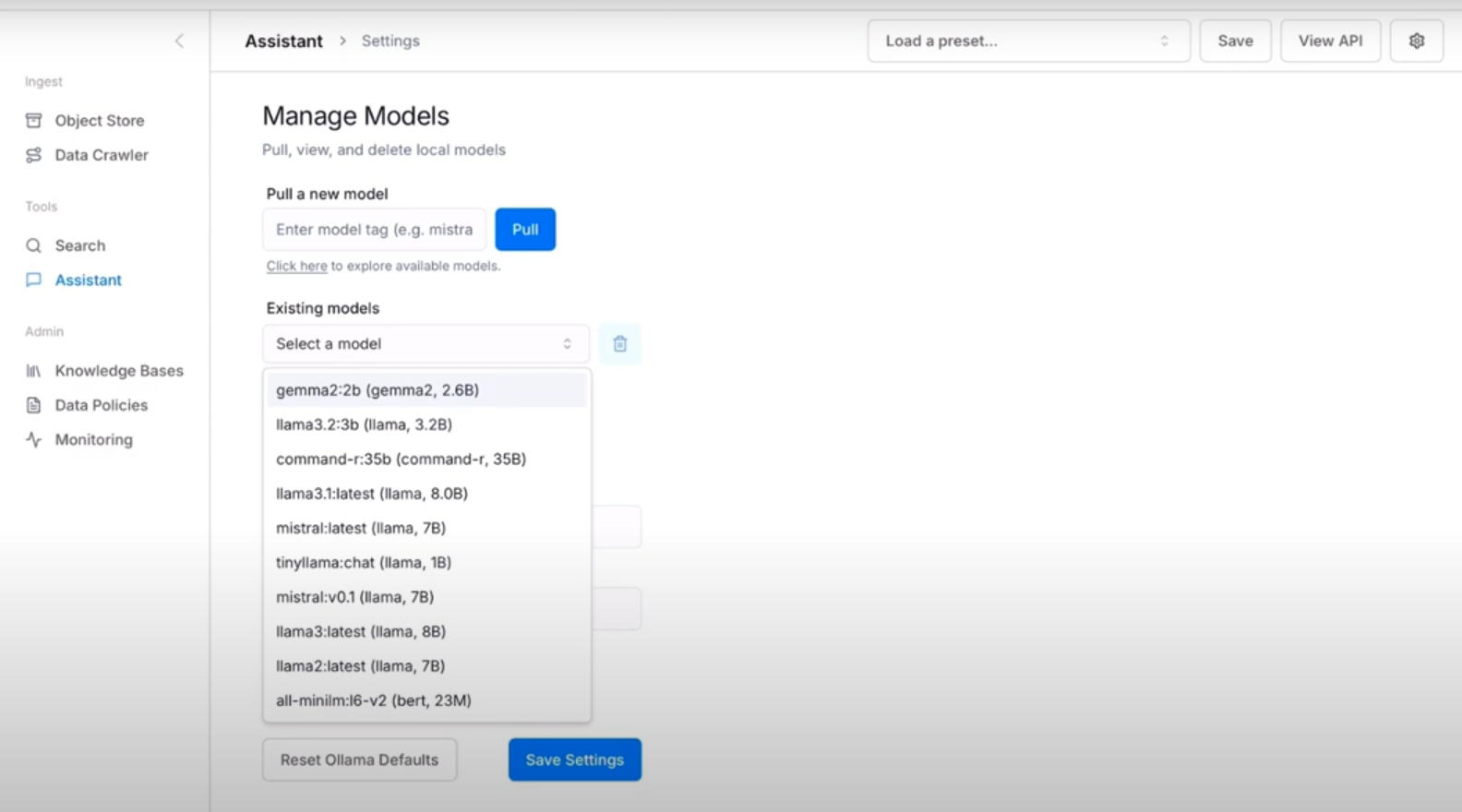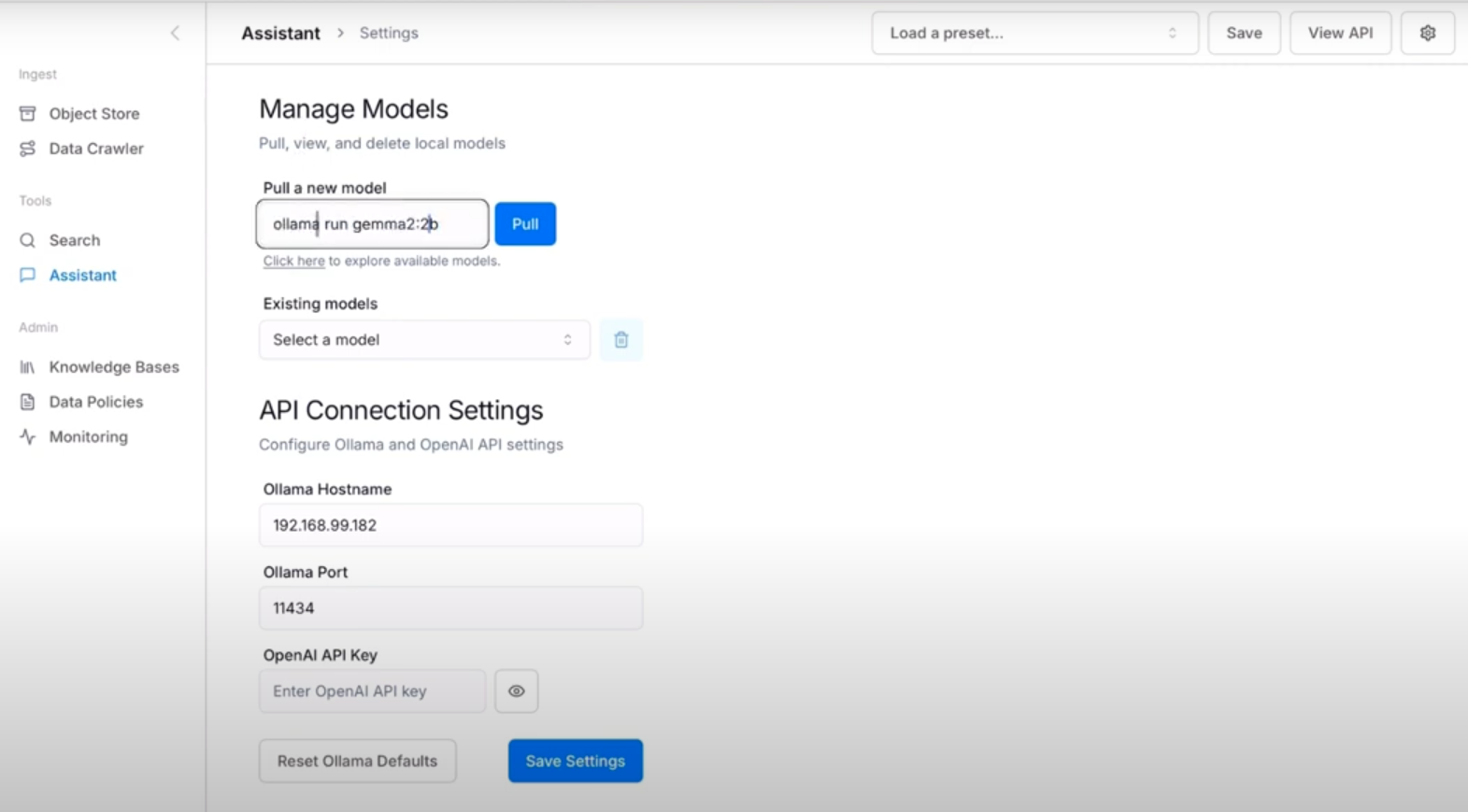View Systems Releases AI Processing Platform

As generative AI moves from a period of shock and awe, enterprises are struggling to see how they can benefit from using emerging GenAI models. At the same time, they face a challenge in getting disparate data sources into one place to feed those models securely.
Enter startup View Systems, which has officially launched its product, a platform called View AI that the vendor says provides everything an enterprise requires to create GenAI queries against its own data, on its own premises or in the cloud.
“We want to take customers to consumable AI,” said Joel Christner, CEO and cofounder of View Systems. “We provide all you need to have conversational AI experiences without the need for data to leave your environment.”
Bringing GenAI Models to Enterprise Data
An example of how View AI works: An executive might want to import the last several quarters’ worth of sales figures, pulling them from various departments. After loading the reports, she uses View to query the data using a model such as Llama 3.1 (selected from a View AI menu) and a View Assistant to determine where the highest earnings have been generated. Other queries follow, delving deeper into specific numbers.

View AI offers a choice of models to run against enterprise data. Source: View Systems
But there’s more: Say our sales manager wants to keep the figures she’s working with restricted to her department. View AI creates a distinct knowledge base associated with a specific vector database table, which can’t be accessed by outsiders.

View AI Assistant. Source: View Systems
View says its system can be set up in under a half hour. It typically requires a configuration with 16 virtual CPUs, 32 Gbytes RAM, and 250 Gbytes of storage, the vendor says. View also works with NVIDIA's RTX Desktop Manager for inferencing.
Universal Data Representation and RAG Support
At the heart of View AI is the ability to ingest structured or unstructured data and create what Christner describes as “a homogenous representation of heterogeneous data from heterogeneous data sources.” This is a patent-pending process called Universal Data Representation (UDR) that involves several complex steps, all leading to creation of an inverted index, ready for View’s Lexi search and data retrieval engine.
Using the sales manager’s example above, for instance, sales figures could be drawn from a combination of sources, including SQL databases, Excel spreadsheets, and textual earnings documents. These data sources are fed into View using an API or various “crawlers” provided by the vendor. Users can also upload or drag/drop files into View’s object storage. Once ingested, the UDR technology is applied, resulting in a flattened representation of data that contains chunks or semantic elements associated with key-value combinations. Once that happens, View’s Lexi search database can be activated.
View supports Retrieval Augmented Generation (RAG) with or without View’s own Postgres-compatible (pgvector} database. Christner says other vector DBMSs, on-premises or in cloud, can be incorporated into View as well.
Evolution and Partnerships
View Systems emerged from stealth in April 2024. It is funded with what Christner calls a “healthy seed round,” though the amount and investors remain undisclosed. The company is headquartered in Pine, Colorado, but has 11 employees who work entirely remotely.
View prices its platform at the token level, charging from 30 cents to 40 cents per token. Customers are charged only for data ingestion, not chat. There are enterprise pricing options as well.
View Systems has joined the AI Platform Alliance, a group that purports to offer “enterprise-grade curated solutions specifically developed for AI inference use cases, and optimized for the industry leading AI platform from Ampere.” Ampere of course is an established component provider that has worked extensively with NVIDIA and Arm. View will offer its platform on the Alliance’s solutions marketplace.
View faces a rising tide of competition from the likes of VAST Data and other data management firms, as well as cloud and storage solution providers. Christner says View differentiates on its ease of use and general availability.
Startup Profile: View Systems
Headquarters location: Pine, Colorado, and several remote locations
Founded: 2024
Employees: 11 full time
Founders: Joel Christner, CEO (ex-Dell, StorSimple, Reconnex, Cloudgenix); Keith Barto, chief product and revenue officer (ex-Cisco, NetApp); Yip Li , general counsel (ex-Paradice, Li LLP)
Target market: Enterprise customers looking for easy ways to incorporate GenAI into their day-to-day applications
Funding raised: Seed round, amount undisclosed















